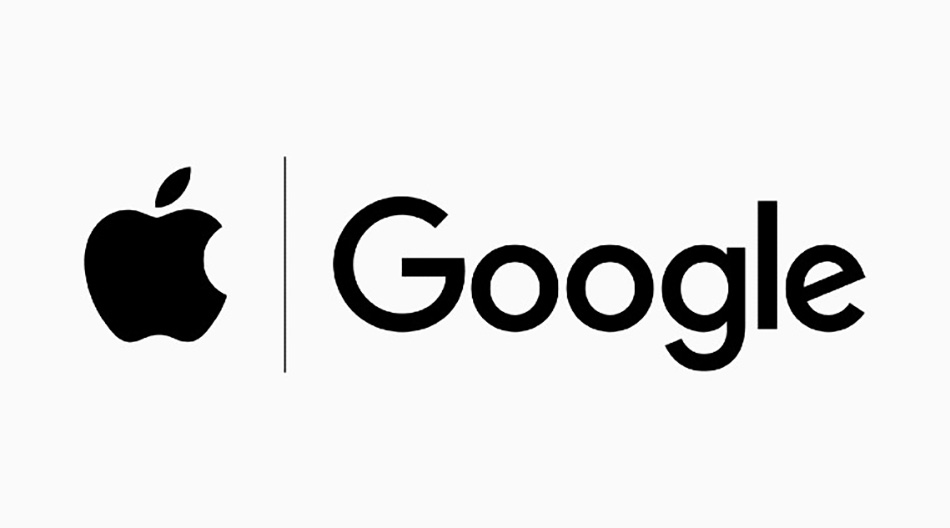Apple and Google are making a host of changes to their contact tracing feature which will be rolled out via software update in the coming weeks. But more importantly, this feature is now being called as exposure technology. The revision is likely to have come about since both of them were made aware about the privacy issues that might strike government authorities, especially when the tech industry hasn’t covered itself in glory over all these years.
Both the companies mention thechanges are the result of meaningful engagement and feedback from key external stakeholders around the world. Basically, we’re looking at a platform that will offer better privacy measures for the end users, while making it easier for the public bodies to build apps using this feature.
They have also said that once the pandemic and its threat across the world comes down, the tracing feature will be shut down from millions of phones.
Here’s a list of changes Google and Apple have made after taking feedback from other entities.
- Updating the API to make sure the security keys (transferred between two devices) are randomly generated on the device. This will make sure tracking people through the feature will be harder, as they won’t be able to crack the keys in question.
- They are encrypting the metadata associated with the Bluetooth connection of the devices, which again ensures that no third person is able to get hold of those details.
- They are also limiting the exposure time of the App for up to 30 minutes, which is recorded in five-minute intervals.
These changes will ensure that a person downloading the app and allowing access to their data to the authorities doesn’t have to worry about his details getting breached and misused. Moving on, the companies have also shared details about how the development of the app will be easier now:
- They are going to include information about the power level of the BlueTooth signal in the data that is exchanged between phones. Using this, authorities will get an accurate estimation of the distance between the two phones when they came in contact.
- They are allowing developers to set exposure strength which will alert them according to the duration that two devices were in proximity.
- And finally, they will also update the APIs to help the authorities determine the last time they came in contact with someone affected by the virus.
For iOS, the seed release of the API will support devices launch in the last four years and they will be made available to health authority developers most likely by next week. We’re intrigued to see the final product once it roll outs across different countries by next month.


